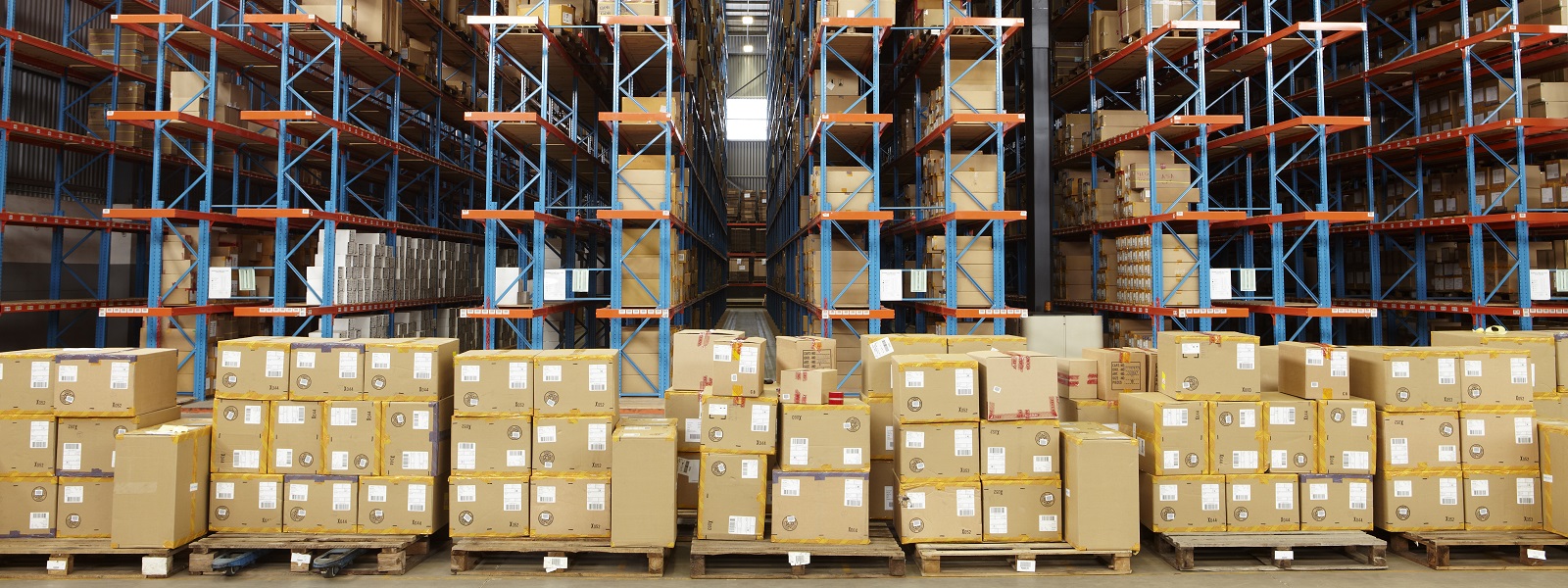After quarter-on-quarter gains in Q1 and Q2 this year, global M&A value took a tumble in Q3, registering the lowest quarterly total since Q1 2016. Volume dropped to the lowest quarterly figure since Q3 2013
There were 3,989 deals in the third quarter, totaling US$622.2 billion, a 16% drop in volume and a 36% drop in value from the previous quarter. Compared to the same period in 2018, the figures represent a 23% drop in volume and a 20% decline in value.
The dip in deal activity is evident in the top deals of the quarter. The largest deal, London Stock Exchange’s planned acquisition of financial data provider Refinitiv, was worth US$27 billion. In Q2, there were three US$50 billion-plus deals announced.
While M&A figures this quarter look muted compared to recent years, overall activity so far this year is still solid by historic standards. Year to date, M&A value totaled US$2.4 trillion—only three years since 2006 have registered higher value in the first three quarters. The same goes for the 13,337 M&A deals recorded globally in the first three quarters of this year.
Asian M&A bounces back
In line with overall M&A figures, most regions witnessed drops in total value compared to the previous quarter and to Q3 last year. By volume, all regions saw quarter-on-quarter and year-on-year falls.
The only region that witnessed a small rise in M&A value compared to the previous quarter was Asia. Despite a 12% fall in volume from Q2 to 880 deals, a total of US$133.7 billion in deal activity was recorded in the region in Q3, a 4% increase on Q2.
The largest deal announced in Asia in Q3 was Belgium-based brewer company Anheuser-Busch InBev’s US$11.3 billion sale of its Australian unit, Carlton & United Breweries (CUB), to Japan’s Asahi. The deal came soon after AB InBev called off a planned IPO of its Asian business as part of plans to shrink its US$106 billion debt pile. Asahi is part of a trend for Japanese firms looking at outbound cross-border deals, eager to expand outside of a shrinking domestic consumer market and take advantage of regulatory reforms that have resulted in capital surpluses at many companies.
TMT tops tables again
TMT was once again the top-performing sector by value in Q3, although total value dropped 39% to US$117.7 billion compared to the previous quarter. Volume dropped 19% over the same period to 777 deals, the second-highest sector this quarter.
The largest TMT deal in Q3 was the long-discussed re-combination of Viacom and CBS. After many attempts to reunite the two businesses, which split in 2005, an all-share deal in which CBS will take over Viacom at US$19.9 billion in enterprise value was announced in August.
The merger is seen as a defensive move in the face of a changing media landscape. Combining with Viacom, which owns the Paramount movie studio and cable properties like MTV and Comedy Central, would allow CBS to better compete against the other two of the “Big Three” TV networks, ABC and NBC, which are owned by larger media conglomerates (Disney and Comcast, respectively), as well as new entrants to the streaming ecosystem, like Disney+ and Apple TV+.
Alternative asset classes fuel infrastructure M&A
Against a backdrop of declining M&A overall, one of the sectors that registered a rise in deal value was transportation—US$27.5 billion in deal activity was struck in Q3, a 41% increase quarter on quarter.
A transportation deal made it to the top ten largest deals of the quarter: Canadian alternative asset management firm Brookfield and Singaporean sovereign wealth fund GIC’s US$8.6 billion acquisition of US-based railway holding firm Genesee & Wyoming.
Similarly, real estate M&A saw a quarter-on-quarter uptick of 51% to US$45.6 billion in total deal value in Q3. Compared to the third quarter the previous year, this was a 15% rise.
Data provider Preqin estimates that there is US$2.1 trillion in dry powder in private capital, US$1.2 trillion of which is held by private equity. That leaves more than US$800 billion held by other alternative asset managers, including private debt funds, venture capital, and specialists like infrastructure real estate and natural resources funds.
Bright spots on the horizon
The availability of private capital is one of the factors ensuring that despite a downturn in M&A activity, there are still bright spots to be found. Within sectors such as retail and media, digital disruption is likely to create further opportunities for defensive M&A.
Moreover, a cooldown in dealmaking activity is not necessarily a negative for dealmakers: a downturn could be a better time to strike deals for buyers, as they are less likely to overpay at the top of the market. Opportunities remain. With a cool head and clear strategy, dealmakers can still find them.





